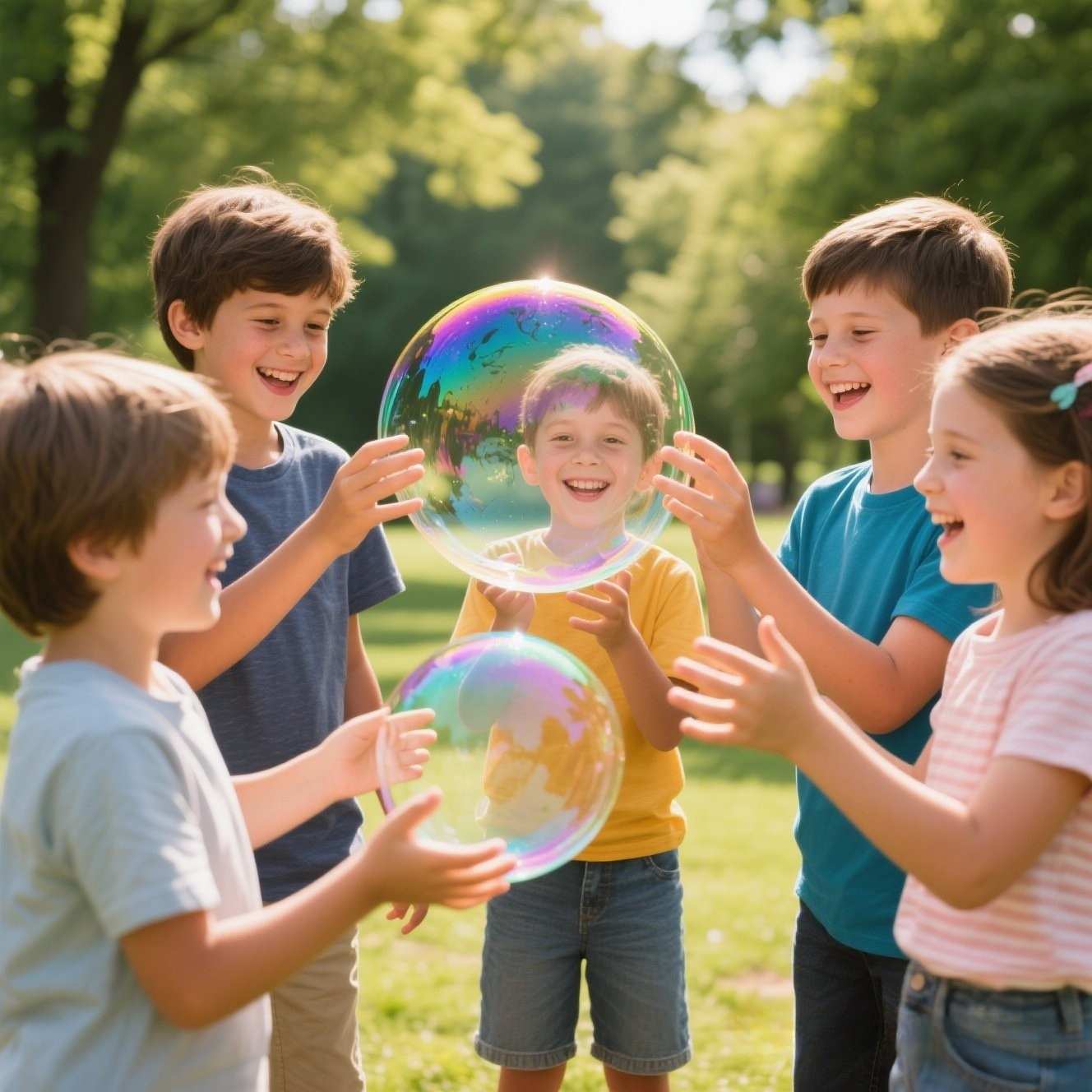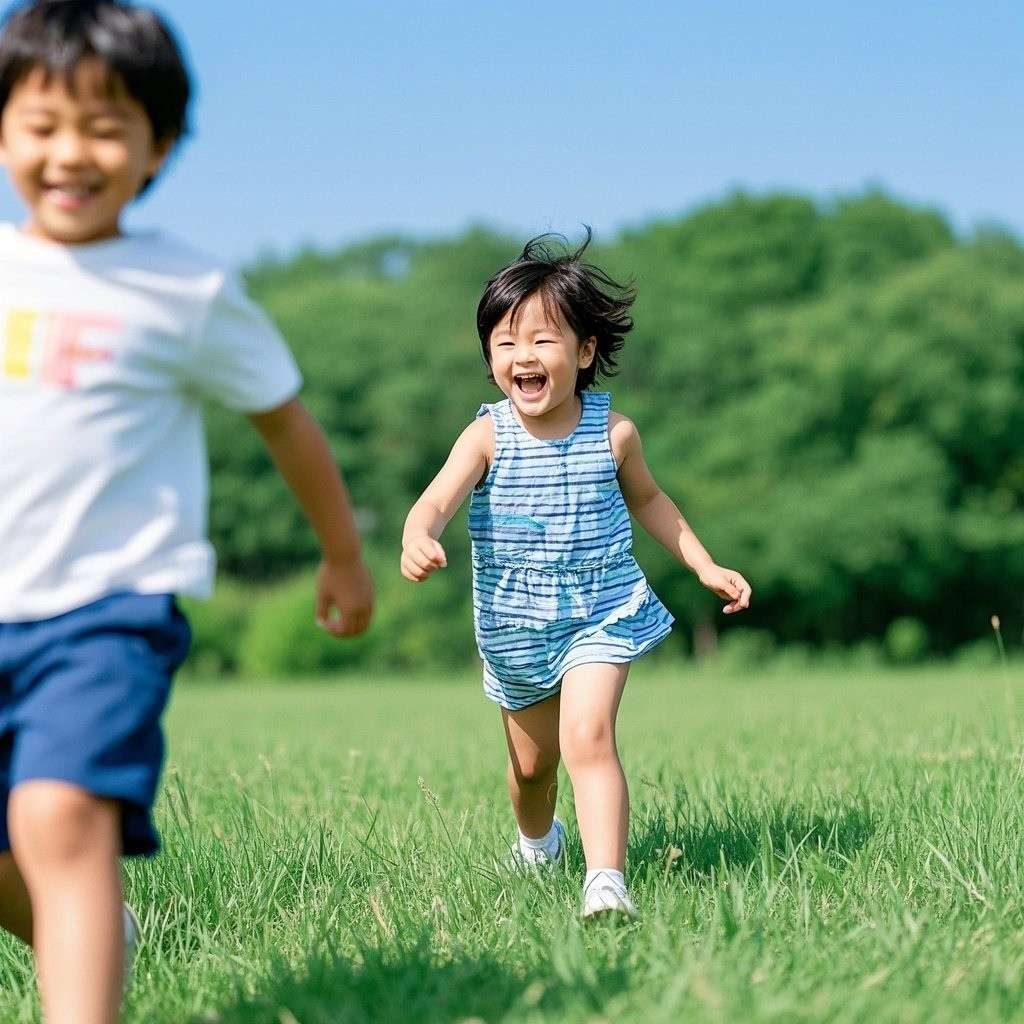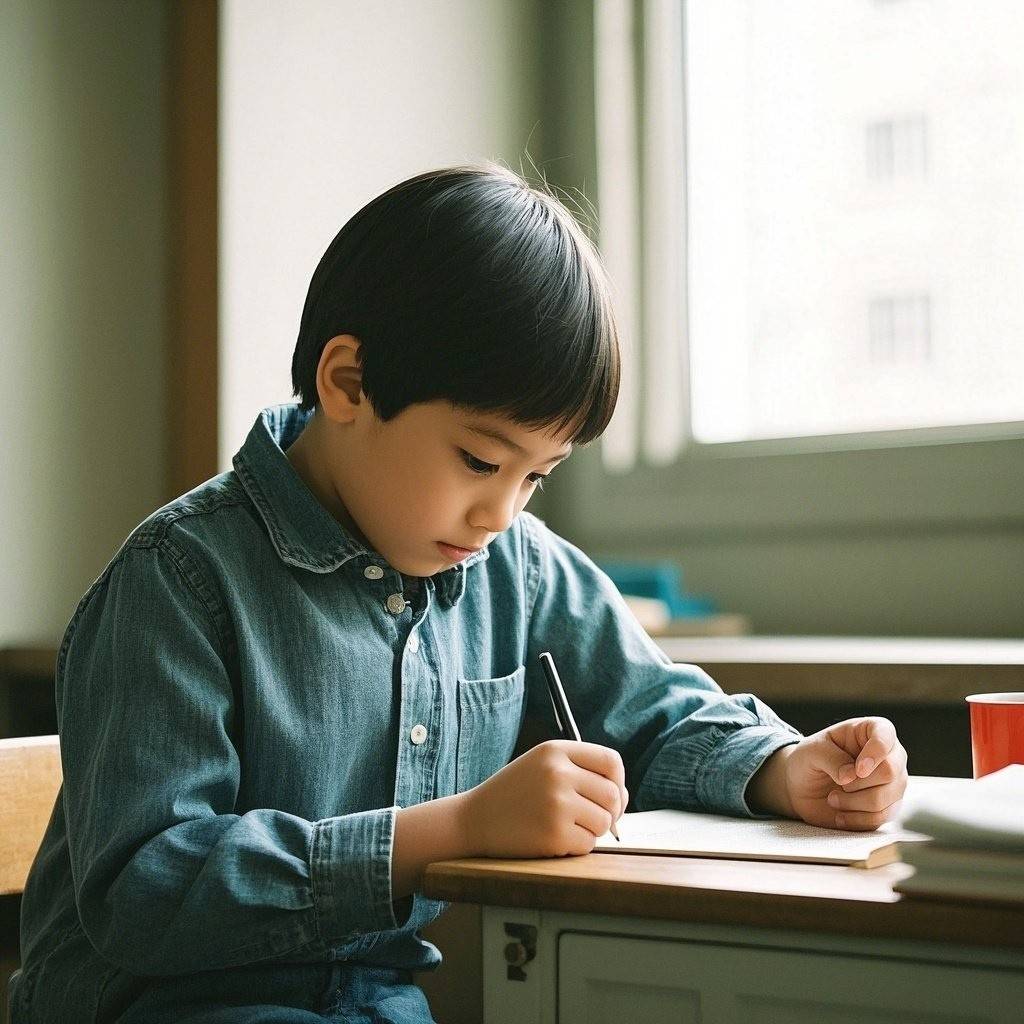Introduction
Personal boundaries are the invisible guidelines that help children understand where their own comfort zone ends and another person’s begins. During middle childhood—roughly ages six to twelve—kids expand their social circles, test rules, and experience stronger emotions. In this bustling developmental window, they need concrete, memorable ways to recognize and respect limits—both their own and those of others. This article explores why boundaries matter, what age-appropriate limits look like, and, most importantly, how one playful activity—the “Personal Space Bubble” game—can turn an abstract life skill into a lively, hands-on lesson.
Why Boundaries Matter in Middle Childhood
Healthy boundaries create a secure emotional “fence” that protects children from discomfort and teaches them how to navigate friendships with confidence. When youngsters know how to express “that’s too close” or “I’m not ready,” they reduce anxiety, prevent conflicts, and build respect for themselves and others. Boundaries also prepare kids for bigger social arenas—team sports, group projects, online interactions—where clear rules of engagement reduce misunderstandings.
At the same time, eight-, nine-, or ten-year-olds are eager to assert independence. They pick their own outfits, decide who to sit with at lunch, and test how far they can push bedtime. Adults who model consistent limits steer that independence toward healthy decision-making rather than rebellion. Finally, boundary awareness nurtures empathy: a child who understands her own need for space more easily recognizes when a classmate needs the same courtesy, strengthening peer bonds and resilience.

Understanding Age-Appropriate Boundaries
What does a “good” boundary look like for a seven-year-old versus a pre-teen? At home, it might be knocking before entering a sibling’s room, asking before borrowing a favorite toy, or agreeing on screen-time limits. In school, children follow classroom routines—hand-raising, lining up without jostling, respecting seat space. On the playground, boundaries cover personal space (“don’t tag too hard”), verbal limits (“no teasing about families”), and emotional cues (“stop if someone looks scared”).
Common boundary challenges pop up daily: a child hugs peers without checking if they’re comfortable, corners a friend into sharing snacks, or grabs art supplies without asking. Caregivers can turn these missteps into teachable moments by calmly naming the boundary (“You stepped into Liam’s desk space”) and suggesting a fix (“Let’s ask first next time”). Consistency is crucial: rules can flex for context—home may allow rough-and-tumble play that a classroom does not—but the core message remains the same. Children watch adults closely; when we respect their “no,” we demonstrate that personal agency matters.
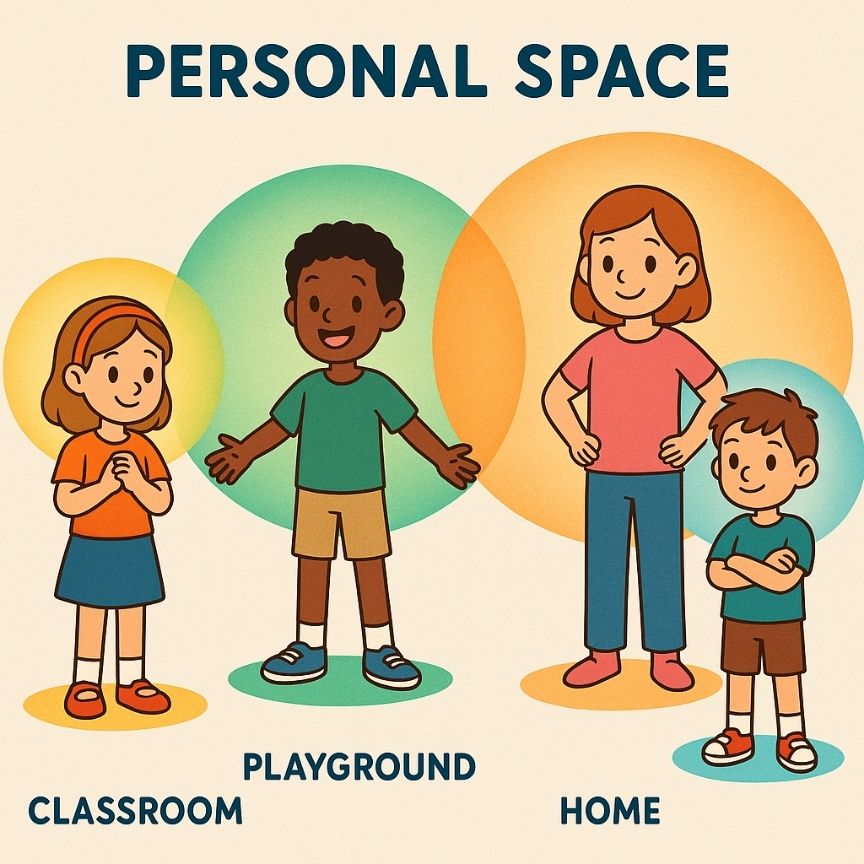
The “Bubble Game”: A Fun Activity for Teaching Boundaries
The centerpiece of this article is the “Personal Space Bubble” game—a kinetic, laughter-filled way to show that every person carries an invisible bubble around their body.
What You Need
- An open area (classroom carpet, backyard lawn, gym)
- Optional: small bottles of bubble solution for a visual kickoff
How to Play
- Set the Scene. Begin by blowing real soap bubbles so kids see how bubbles float but pop when bumped. Explain, “Imagine everyone has a bubble like this around them.”
- Find Your Bubble. Ask each child to stretch their arms wide; this span approximates their personal space. They pretend to inflate their bubble with deep breaths—big inhale, arms rise; exhale, arms form a circle.
- Move-and-Freeze. Children walk freely while music plays. When the music stops, they freeze. If anyone’s bubbles “pop” (their elbows, toes, or shoulders touch), they cheerfully step back and reinflate.
- Practice Consent. Pair kids. One partner asks, “May I enter your bubble for a high five?” The other answers yes or no. If yes, they step in carefully, high five, then step out. If no, they wave from outside the bubble.
- Debrief. Gather in a circle to discuss: How did it feel when someone asked? What happened when bubbles popped? How can we use the bubble idea at recess or home?
Why It Works
- Concrete Visualization. The imaginary bubble turns an abstract idea into something kids can see, feel, and control.
- Consent Practice. Requiring verbal permission normalizes asking and respecting “no.”
- Body Awareness. Movement activities help children tune in to their bodies—especially helpful for those still mastering proprioception.
- Low-Prep Fun. No special materials are needed after the first soap-bubble “wow” moment.

Adapting the Activity for Different Settings
At School: Teachers can weave the Bubble Game into morning meetings or social-emotional learning blocks. Seating desks farther apart during the game helps students visualize space in a crowded room. Add academic twists—label each bubble with a vocabulary word or math fact, and children “collect” answers only after gaining consent to enter a peer’s bubble.
At Home: Siblings often test boundaries hardest with each other. Parents can turn post-dinner downtime into Bubble Game time. Have kids role-play asking before borrowing personal items or sitting too close on the couch. Reinforce by using the phrase “Remember the bubble” during minor squabbles.
Group Programs (Scouts, Camps, Faith Groups): In mixed-age settings, older kids can act as “bubble coaches,” modeling respectful approaches for younger participants. For shy children, start with smaller circles or let them hold a plush toy inside their bubble for comfort. If someone has sensory sensitivities, allow noise-canceling headphones, dim lighting, or a predictable script.
Reflection and Storytelling: After play, invite everyone to draw comic strips of a superhero whose power is “Boundary Bubbles,” or write a short story about a day when ignoring bubbles caused chaos. Reflection cements learning by linking feelings to actions.
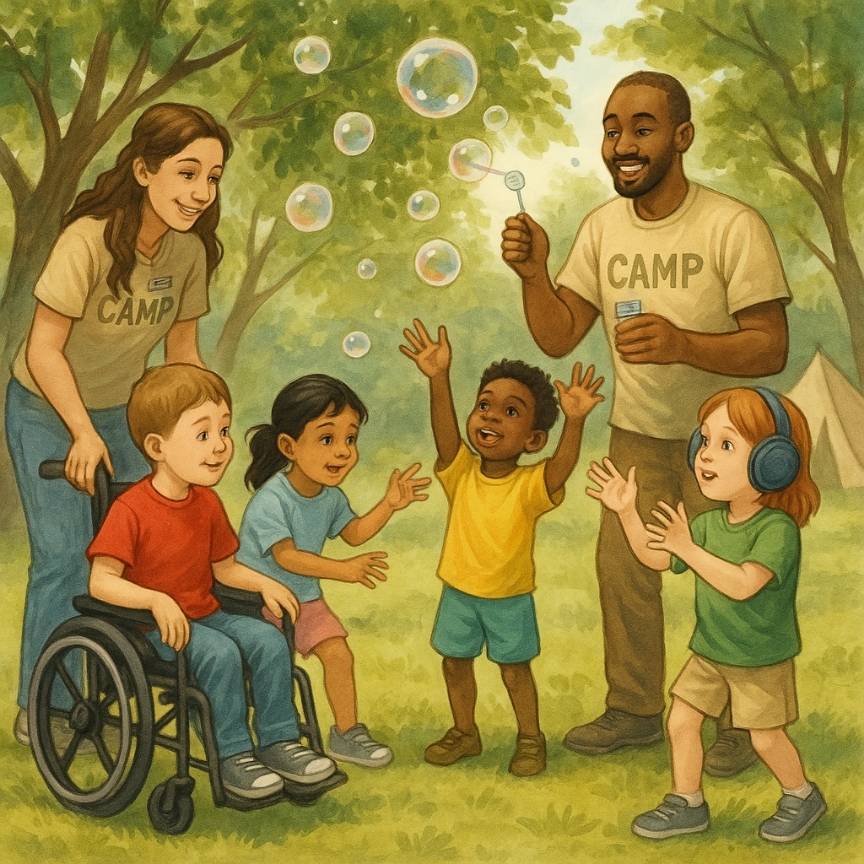
Additional Fun Ways to Reinforce Boundaries
- Role-Play “Yes, No, Maybe.” In pairs, children practice responding to requests (“Can I borrow your pencil?”) with “yes,” “no,” or “maybe.” They switch roles, noting how each answer feels and why tone of voice matters.
- Boundary Charades. Write scenarios on slips of paper—“Someone sits too close,” “A friend wants to hug,” “You need quiet time.” Kids act out healthy responses while peers guess the setting.
- Draw Your Boundary Map. Provide large sheets of paper divided into three rings: Close Friends, Acquaintances, Strangers. Children place names or stick figures accordingly, discussing why some people stay in the inner circle while others stay farther away.
- Story Dice. Use dice with clip-art faces (happy, sad, angry) and actions (hug, share, yell). Roll to create quick boundary dilemmas, then brainstorm solutions.
For every activity, positive reinforcement is key. When a child says, “I’d like some space,” praise that clarity. When another child honors the request, celebrate that empathy. Lighthearted repetition—short daily check-ins, goofy catchphrases like “Bubble up!”—keeps the lesson alive without lecturing.
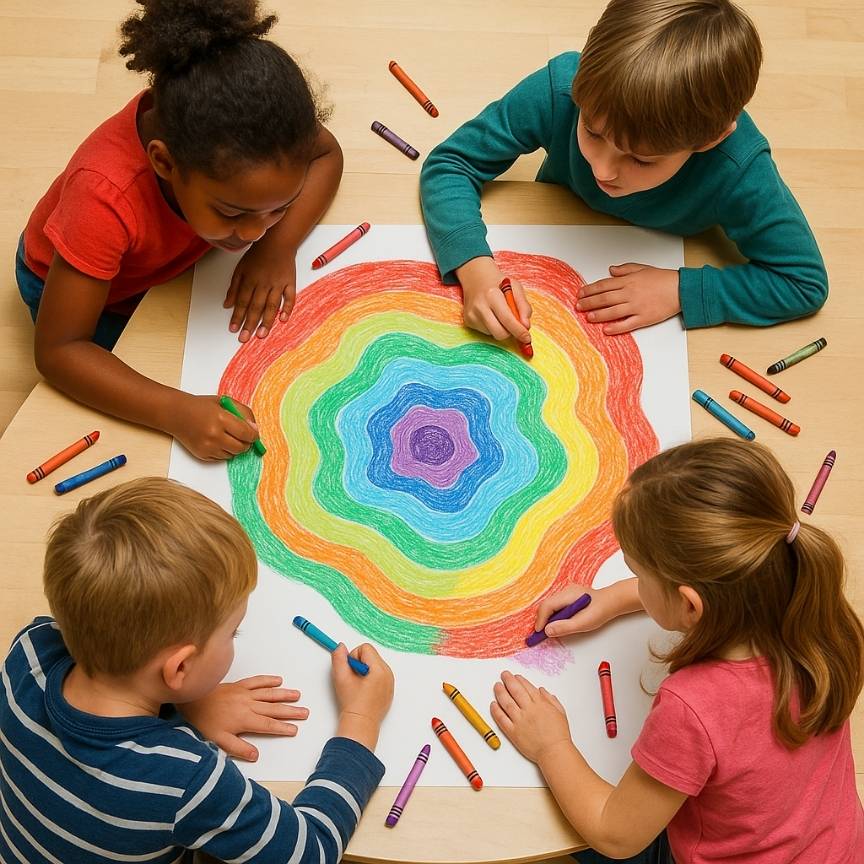
Conclusion
Playful teaching lays the groundwork for serious life skills, and boundaries are among the most vital. Through imaginative games like the Personal Space Bubble, children in middle childhood learn to articulate comfort levels, respect peers, and navigate conflicts with confidence. These lessons ripple outward: a nine-year-old who can say “please step back” becomes a teen who can refuse peer pressure and an adult who maintains healthy relationships. Parents, teachers, and community leaders who keep boundary conversations open—using games, stories, and everyday examples—plant seeds of self-respect and empathy that grow for a lifetime.

